Even if you live in a cramped flat in the midst of the city. There’s no reason you can’t turn it into a real jungle by establishing a lovely apartment garden. Growing an apartment garden is one of the best time and money investments you can make. Plants make us feel better and are good for our health! And gardening is a terrific method to not only beautify your home but also to enhance the health of your apartment and to help you dispose of food leftovers ethically.
In addition to typical houseplants, certain herbs, fruits, and vegetables can thrive in an apartment garden. Start with just a few containers as you hone your gardening skills. Factors, such as access to sunlight and the sheer weight of your containers, need to be taken into consideration. Here’s how to start your apartment garden off right.
How to Grow Plants in Apartment
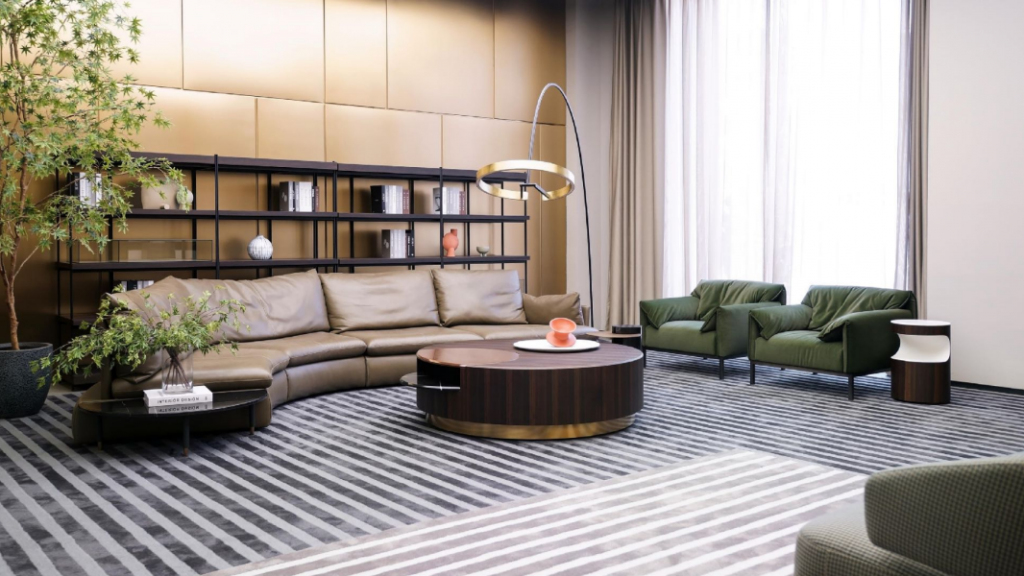
While some plants are more hardy and forgiving to beginner gardeners than others, all plants have specific growing requirements that must be met. Here are some elements to consider as you’re choosing plants to grow in your apartment garden:
Sunlight
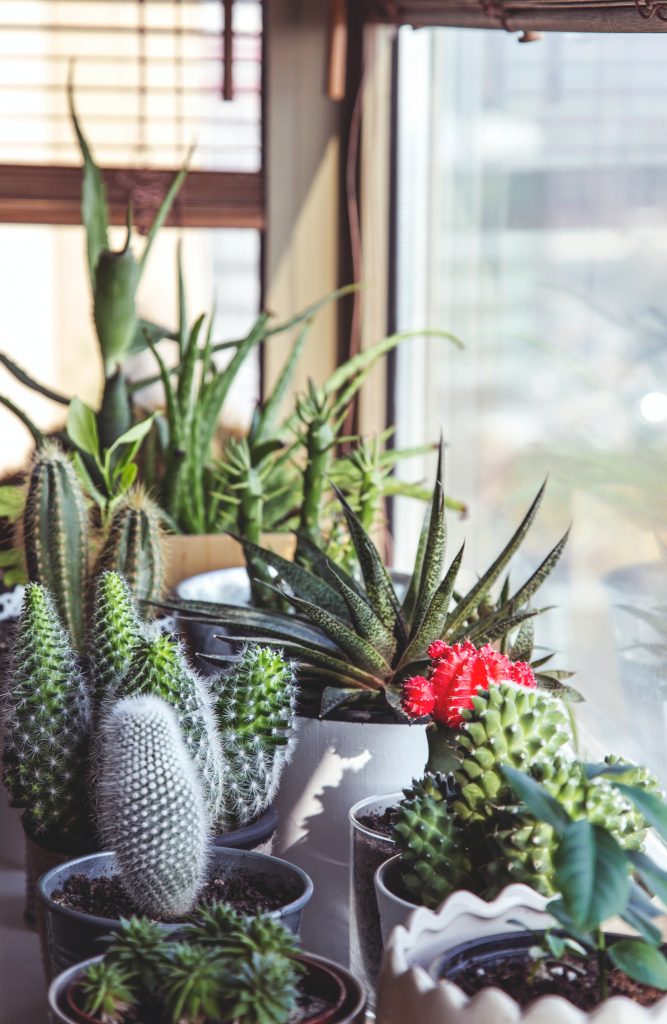
The majority of fruiting and flowering plants require a full day of sunlight. This equates to six to eight hours of direct sunlight every day. In an apartment, this can be difficult to come by—especially in a city where tall buildings might block the sun for at least part of the day. The ideal places to get full sun are balconies and rooftops. If you’re gardening on a windowsill, you can either choose plants that require less sunshine, such as salad greens and herbs, or you can choose plants that demand more sunlight, such as tomatoes.
Soil
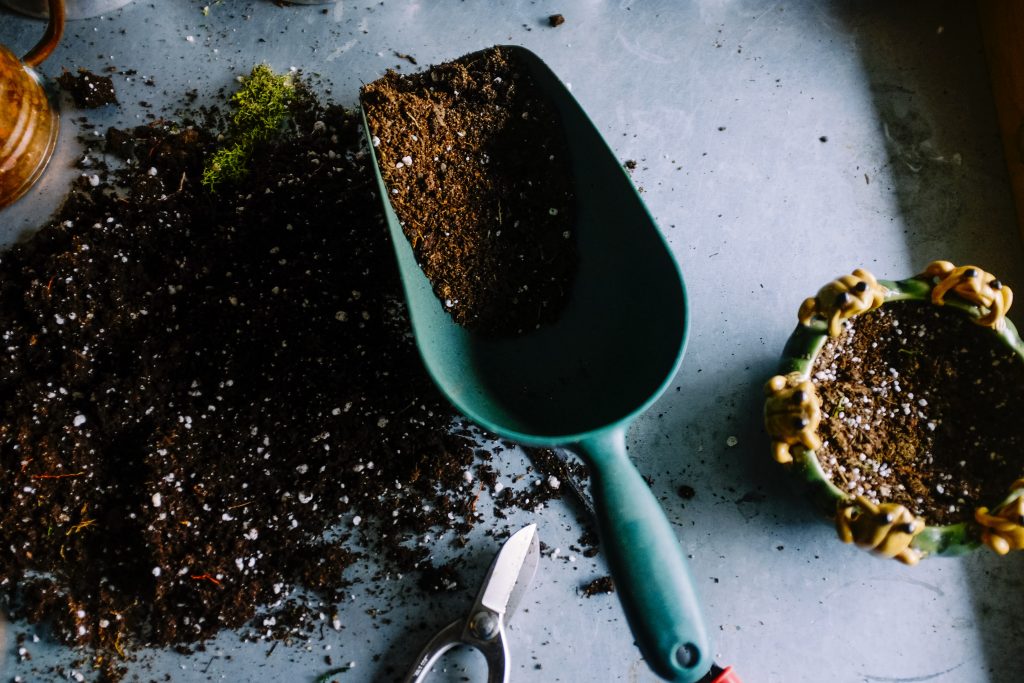
Plants depend on their soil for water, oxygen, and nutrients. Because your apartment garden will likely involve containers, you can’t use ordinary garden soil because it will compact in pots, limiting access to oxygen and preventing water from flowing through. Thus, a well-draining potting mix is necessary. Potting mix is light and fluffy, efficiently circulating oxygen and water to keep roots healthy. And it’s somewhat sterile, so you won’t have to worry about bringing diseases or pests into your apartment.
Water
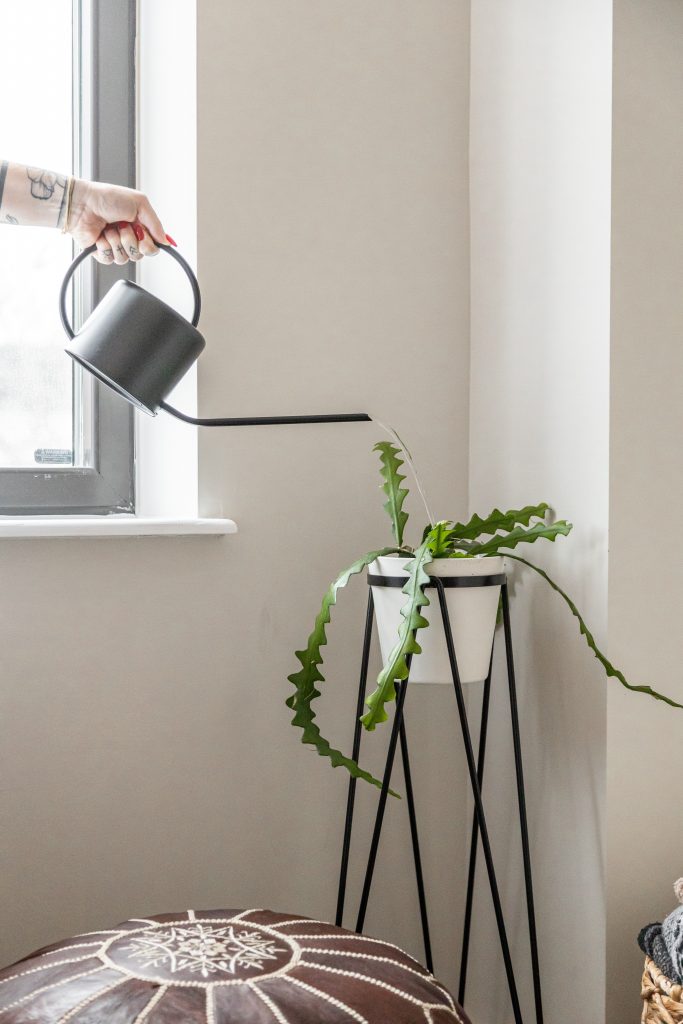
Plants in containers need a lot of water, often multiple times a day. So choose a spot for your container garden that has easy access to a water supply. Carrying watering cans can get tedious, especially if you have several containers to keep watered. If it works for your setup, consider purchasing a hose that can be attached to a sink faucet. It’s handy when you need it, and it coils away when you don’t.
Wind
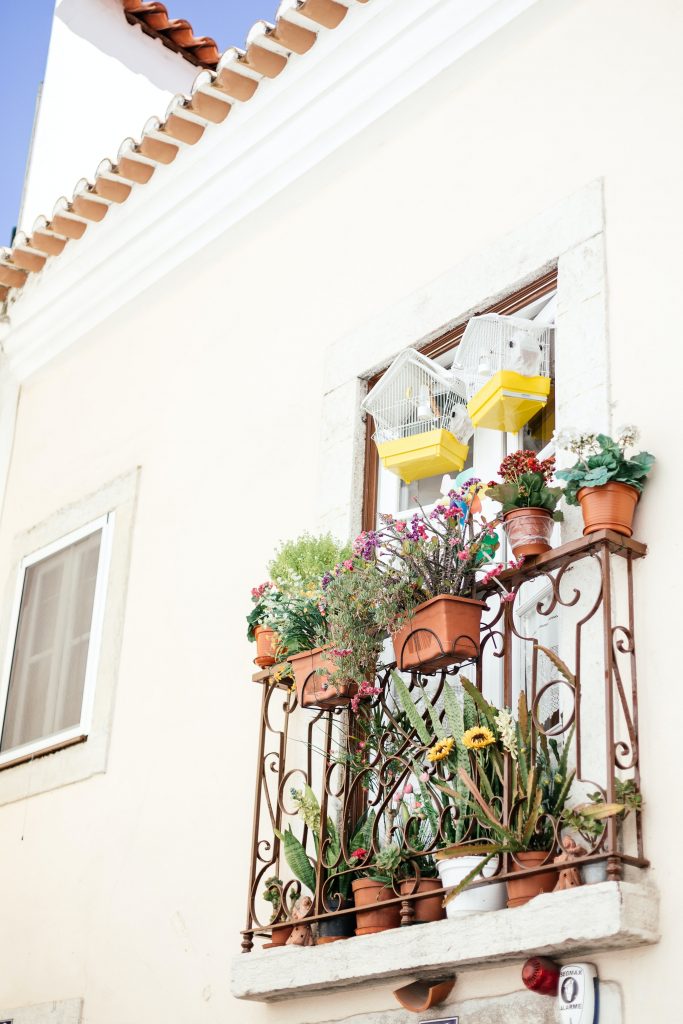
Your pots may require additional protection if your plants will be exposed to heavy winds, such as on a rooftop or balcony. Wind can rip leaves and toss top-heavy pots over. As a result, construct a windbreak, such as a screen or railing. Alternatively, make sure your pots are large and heavy enough to hold the plants in place.
BEST PLANT CHOICES FOR APARTMENT
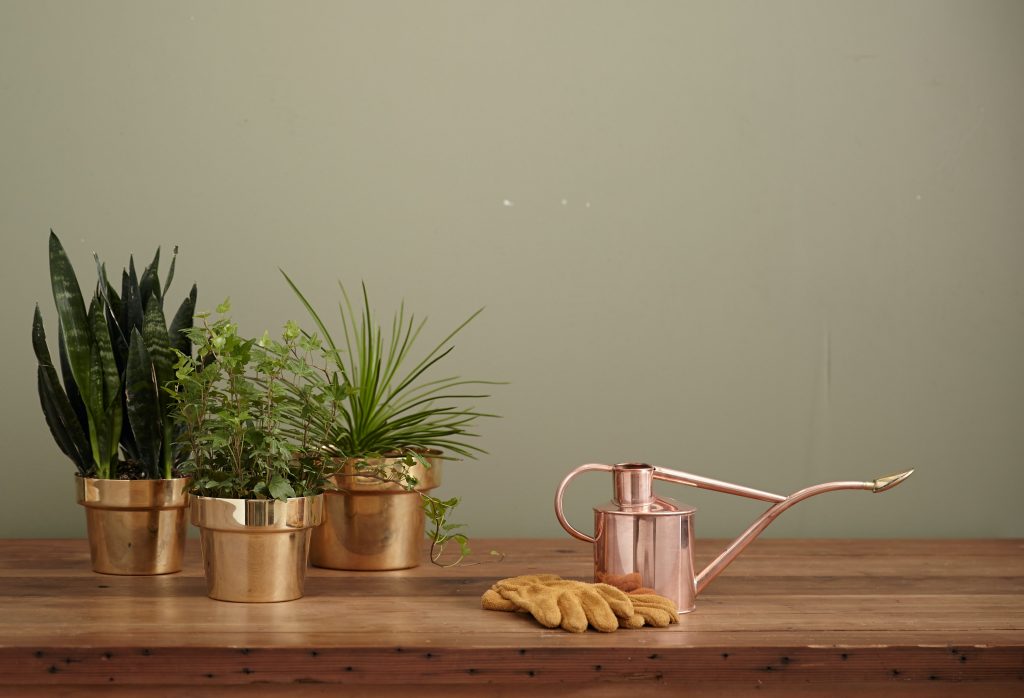
To some extent, you can grow almost any plant in a container. A full-size apple tree, for example, might be out of the question, but there are slim columnar types that can fit in a one-square-foot balcony corner. Consider what you like to eat and then pick a few different types of plants to try. Start with seeds, which provide greater diversity and are less expensive. Small nursery plants, on the other hand, will help establish your garden more quickly.
- Herbs: Although many herbs grow well in containers, they won’t grow as large and bushy as they would outdoors on the ground. And you might have to replace your plants if you harvest frequently. But it is wonderful to have fresh herbs close by for cooking. Some top choices for apartment gardening include mint, chives, parsley, lavender, basil, and thyme.
- Salad greens: Salad favorites, such as lettuce, spinach, and arugula, are fast-growing, shallow-rooted plants. They’re not overly fussy about their growing conditions if they receive plenty of water.
- Tomatoes: Tomato plants can get large and heavy, but they grow well in pots. They will do best in a container that is at least 14 inches in diameter but even larger is better. You can grow the patio varieties in a hanging basket. Make sure you choose a dwarf or determinate variety of tomato.
- Chili peppers: If you like heat, hot peppers grow very well in pots, and they can set fruits year-round. You also can try growing sweet peppers in containers, but they typically don’t do as well as hot peppers.
- Meyer lemons: Some of the easiest fruits to grow in a container are dwarf citrus trees. Meyer lemons do well indoors if they get six to eight hours of sun each day, along with some humidity. Put something underneath the pot to protect your floors and furniture, as lemon trees give off a sticky sap.
- Strawberries: A window box of strawberries is as beautiful as it is delicious. Strawberry plants generally need at least six hours of sun per day and consistently moist (but not soggy) soil to produce their best fruit.
APARTMENT GARDEN CARE
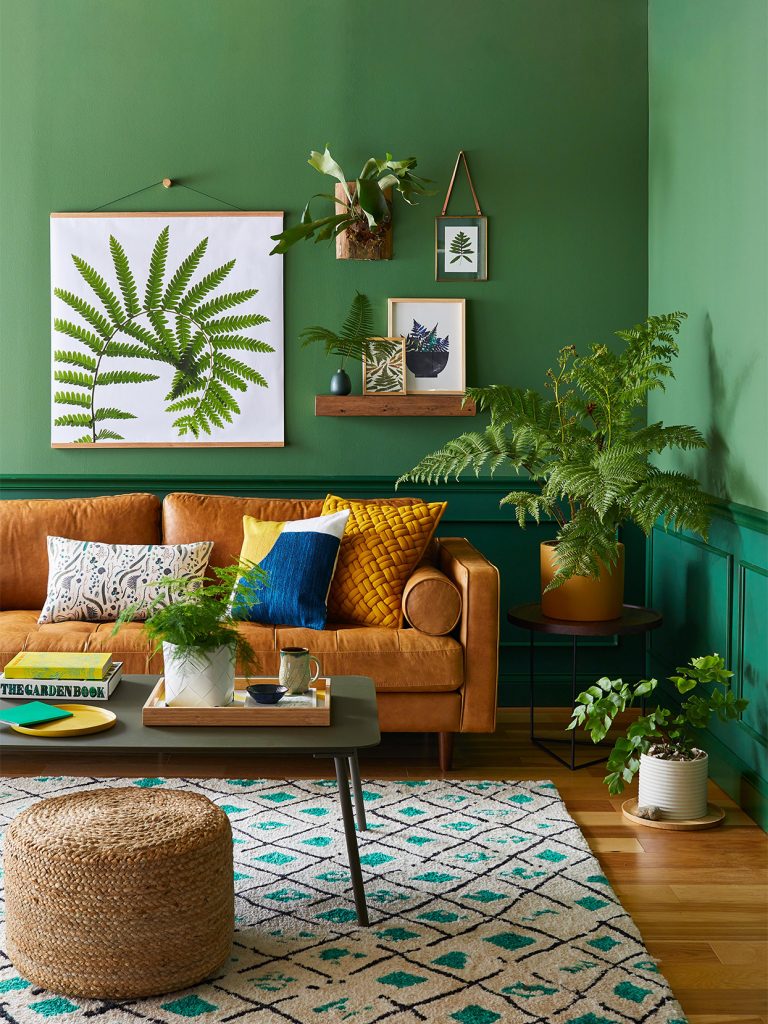
There are certain tasks that you can expect to tend to regularly in your apartment garden, including:
- Watering: By far the most important gardening task is watering. Even if your garden is exposed to rain, that probably won’t be enough water. The soil in containers dries out quickly, especially as your plant grows. Test the soil by poking your finger an inch or two below the surface. If it feels dry, you need to water it.
- Feeding: You will need to feed your plants on a regular schedule, according to their individual growing requirements. A water-soluble fertilizer that can be added when you water is usually the easiest method. Also, note whether your potting mix has fertilizer already in it, as this typically will delay the need for you to feed your plants.
- Problems: Pests and diseases have a way of finding plants no matter where you grow them, and there are no natural predators for insects indoors. Inspect your plants for problems whenever you water them or harvest. If you spot signs of pests or diseases, such as discoloring or holes in the leaves, move that plant away from the other plants until the problem is remedied.1
- Harvesting: Learn when your specific plants are at their peak for harvesting, and then don’t delay picking the fruits of your labor. In some cases, harvesting actually promotes the plant to produce even more food for you to pick.
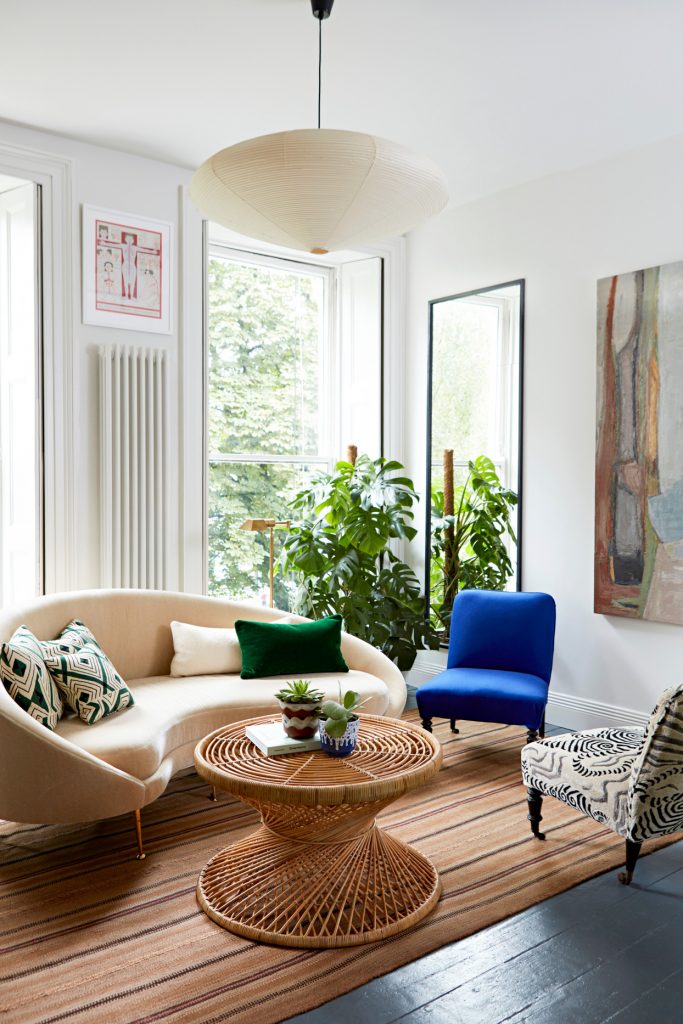
Gardening is not always possible in apartments due to a lack of space. However, there will almost certainly be a sunny spot where you may put your green thumb to the test and enjoy the results of your effort.
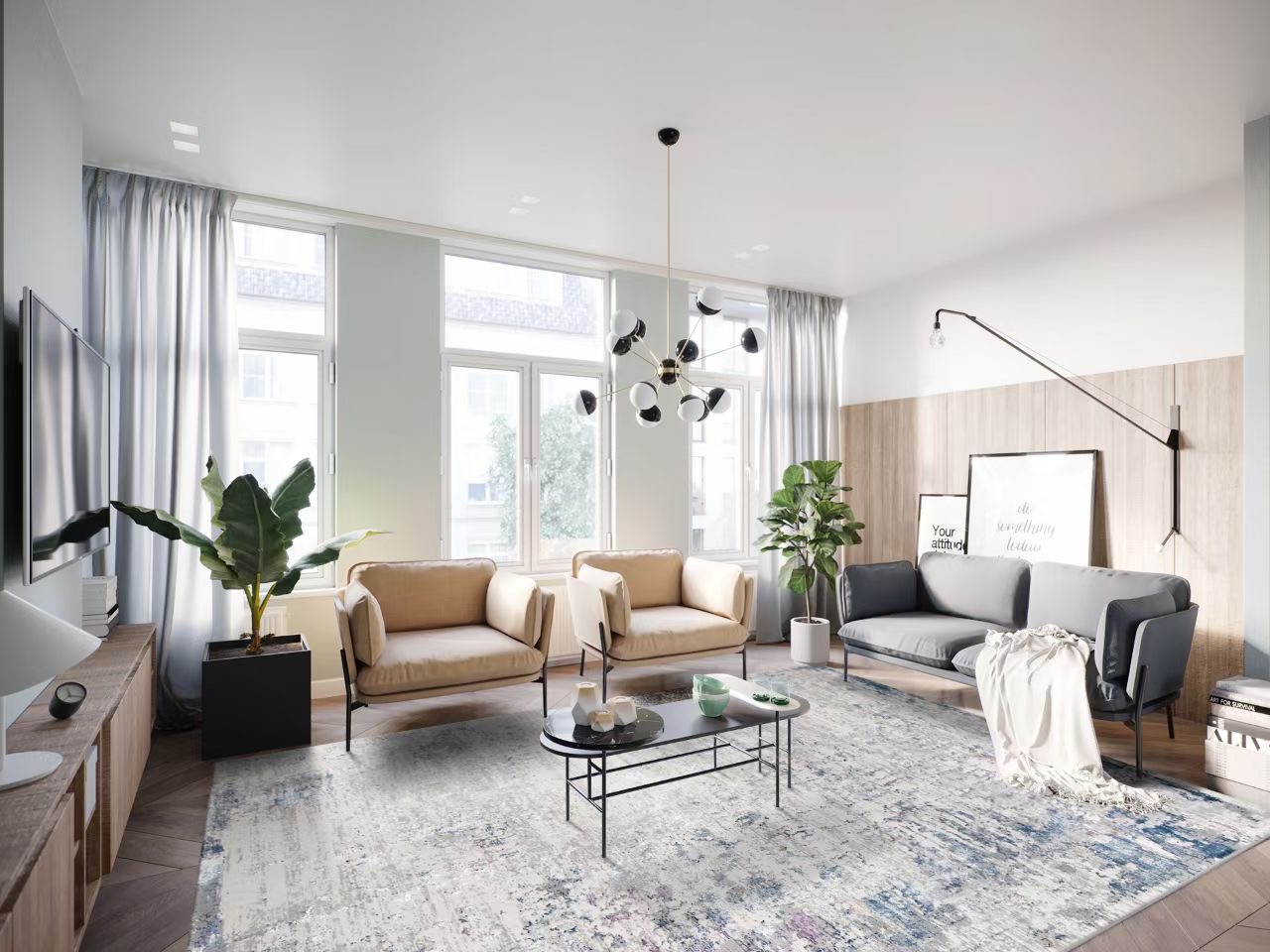

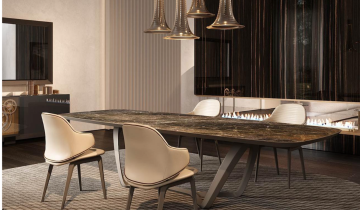
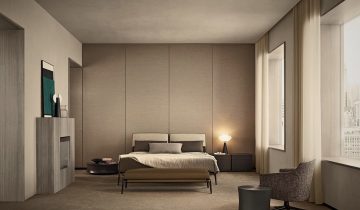
 No products in the cart.
No products in the cart.